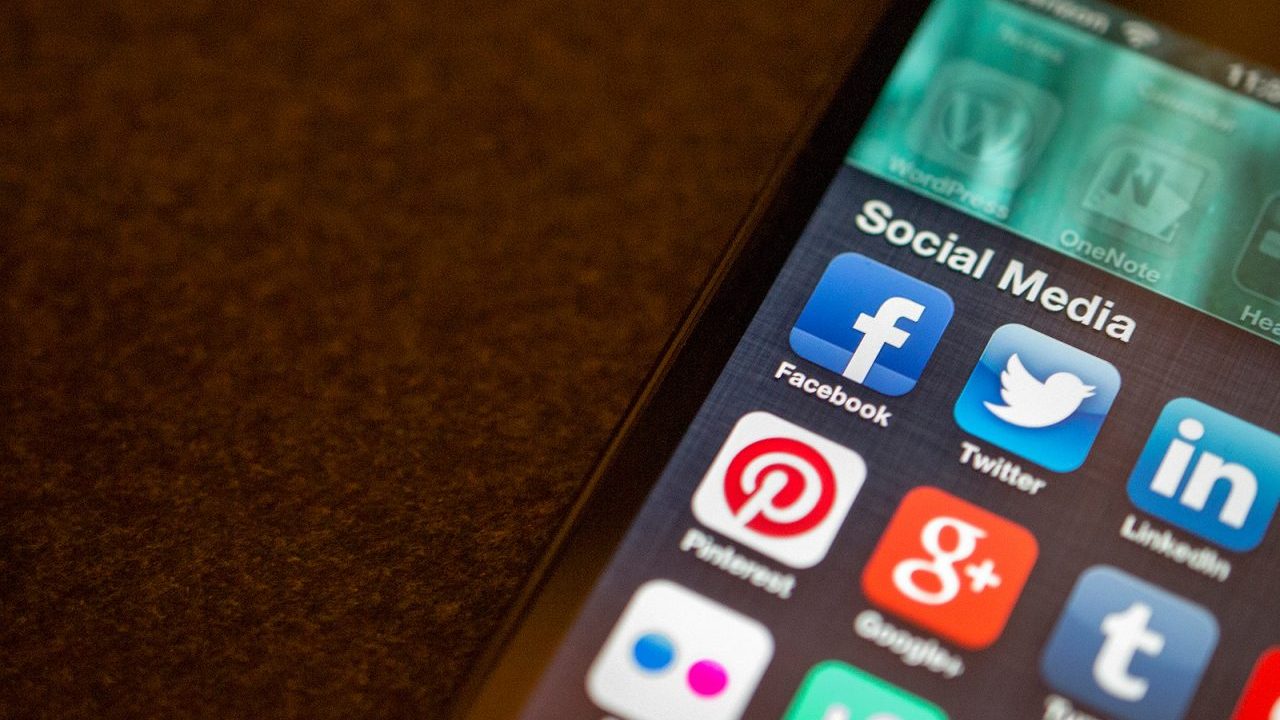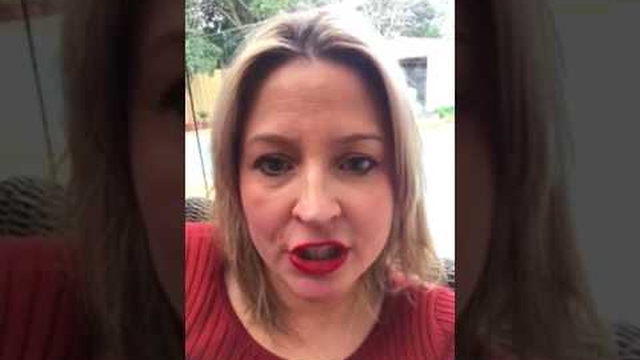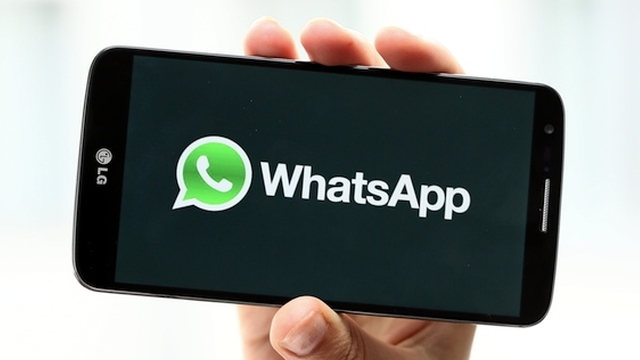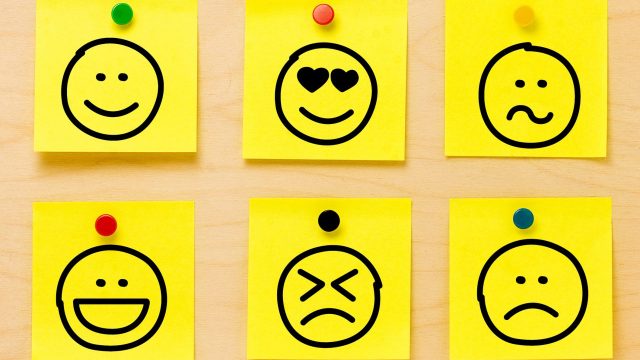
Social Media Use and Perceived Social Isolation Among Young Adults in the U.S.
Part 4 of a miniseries reviewing selected papers from Altmetric’s list of the top 100 most-discussed journal articles of 2017.
Perceived social isolation, where people lack a sense of social belonging, true engagement with others, and fulfilling relationships, is associated with increased morbidity and mortality.
The recent rise in social media use may help to alleviate perceived social isolation, with people unable to connect in the physical environment potentially able to more readily join online networks. Social media use has increased in particular among young adults.
However, it may actually be the case that increased social media use by young adults actually increases perceived social isolation, for example if social media use takes time away from face-to-face social interactions, or if unrealistic portrayals on social media give people the impression that others are living better lives.
A July 2017 study1 set out to shed some light on the associations between perceived social isolation and social media use, using a nationally representative sample of U.S. young adults. Social media use was assessed in two complementary ways: time spent on social media for personal use, and frequency of their use of each of 11 widely used social media platforms.
The study found that:
Among a nationally representative cohort of individuals aged 19–32 years, there were robust linear associations between increased SMU and increased PSI, even after adjusting for a comprehensive set of covariates.
However, the researchers alert that:
Because the data were cross-sectional, the directionality of this association cannot be determined based on these data alone. It may be that individuals who are already feeling socially isolated tend to subsequently use more social media; those with fewer “in-person” social outlets may turn to online networks as a substitute … Another possibility is that those who use increased amounts of social media subsequently develop increased social isolation. Though in some ways this may seem counterintuitive, there are possible mechanisms.
They also note “that not all [social media use] is the same, and future research should examine more-specific social media exposures,” and caution that “Given the large sample size, it was not feasible to use “gold standard” measures of social media exposure such as ecological momentary assessment or data downloaded directly from social media sites.”
Header image source: Social Media apps by Jason Howie is licenced by CC BY 2.0.
Reference:
- Primack, B. A., Shensa, A., Sidani, J. E., Whaite, E. O., yi Lin, L., Rosen, D., … & Miller, E. (2017). Social media use and perceived social isolation among young adults in the US. American Journal of Preventive Medicine. ↩
Also published on Medium.






